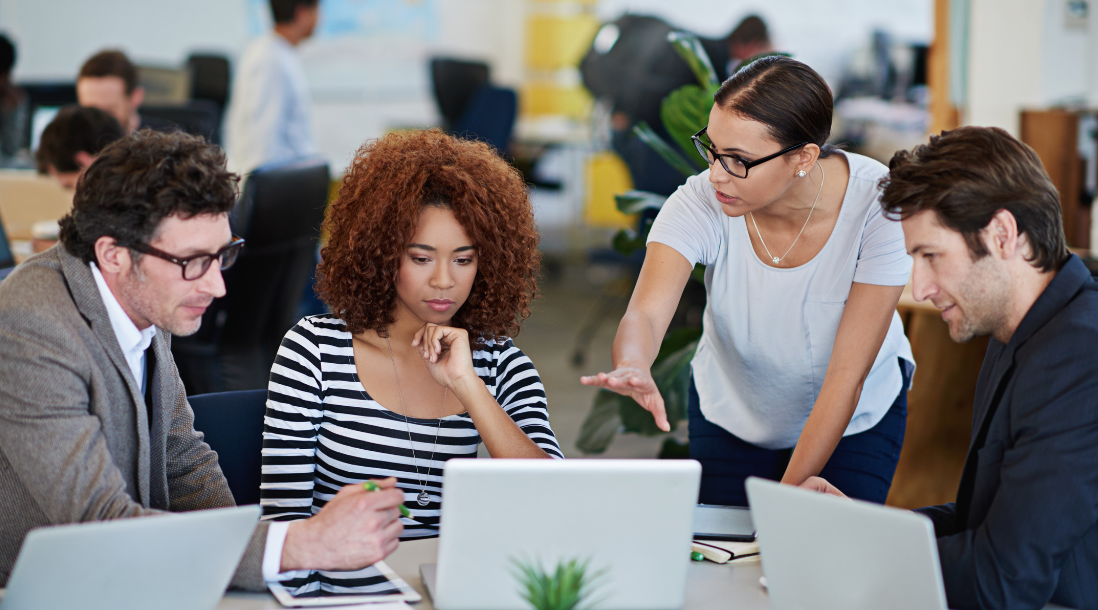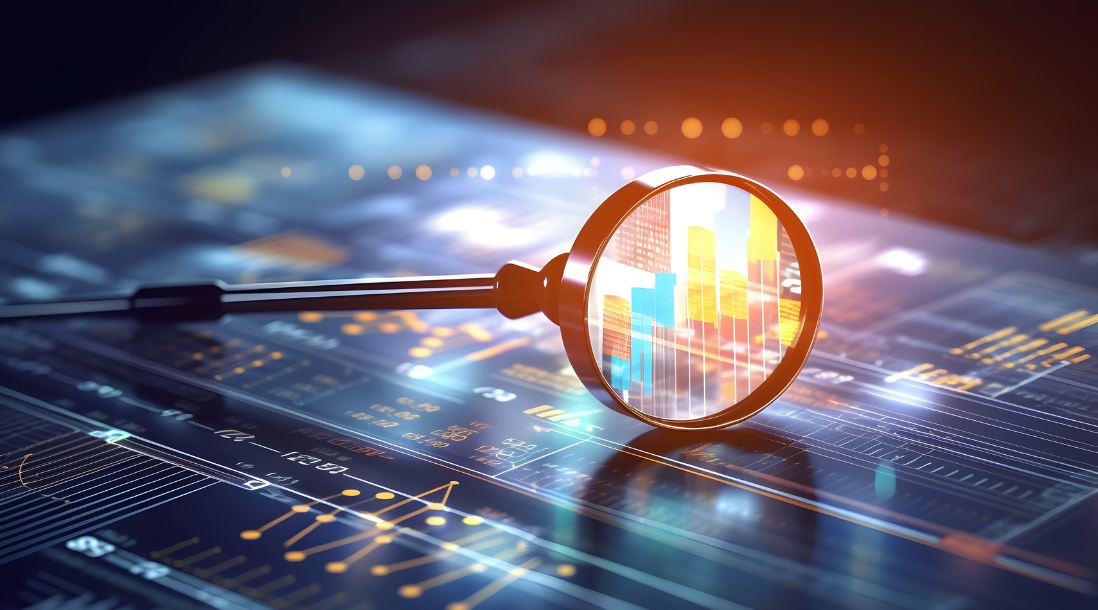Artificial intelligence (AI) is transforming the business landscape, but adoption strategies vary widely between organisations. In a recent conversation on the podcast, Dan Boyles, Head of AI Technologies at First AI Group, shared his expertise on what separates successful AI rollouts from those that fall flat.
The three types of AI adopters
According to Dan, businesses tend to fall into three categories when it comes to AI adoption:
- Those with a clear-cut AI vision
- Those investing in AI but still figuring out its role
- Those aware that AI will impact them but unsure of how or when to act
Regardless of where a business falls, Dan emphasises that a well-structured AI strategy is crucial:
“The one thing that makes any AI or any technology rollout successful… there needs to be a plan for it.”

AI is not a magic fix
A common misconception is that AI is a plug-and-play solution that will instantly transform operations. Dan is clear that AI should not be viewed as a magical tool but rather as a way to enhance what businesses are already doing:
“AI isn’t a magical tool that we can bring into every business and it’s going to fix problems. It’s a way to make us better at things we’re not good at.”
Dan Boyles, Head of AI Technologies, First AI
Successful businesses approach AI with a clear understanding of their needs at three levels:
- Organisational – What high-level business challenges can AI address?
- Departmental – How can AI support specific teams and reduce inefficiencies?
- Individual – What role does AI play in improving day-to-day tasks for employees?
AI as a human-led change
A key takeaway from Dan’s experience is that AI adoption should not be treated as a traditional technology rollout:
“We cannot think of AI as a tech rollout. We have to think of it as a human-led change in the business.”
Rather than simply implementing AI tools, businesses need to align AI strategies with employee needs and workflows. AI should be introduced gradually, with a focus on improving efficiency and reducing time-consuming tasks.
Measuring AI success
Dan highlights a critical challenge: measuring the return on investment (ROI) of AI. Instead of expecting immediate, large-scale changes, companies should focus on incremental improvements:
“You need to focus on the training, and it has to marry up to the leadership’s vision. Because if you don’t have those two in synergy, it goes very wrong very quickly.”
A well-executed AI adoption plan includes:
- Clear short-term and long-term goals
- Training programs to ensure employees understand and can leverage AI
- Champions within the business to drive AI adoption at different levels
Common mistakes in AI rollouts
From Dan’s experience, businesses often make critical missteps when adopting AI, including:
- Rushing deployment – Implementing AI without first assessing business needs
- Top-down rollouts – Assuming leadership should drive AI adoption when frontline employees are often the ones who benefit most
- Overestimating AI’s capabilities – Believing AI will fix problems that are actually process inefficiencies
- Ignoring security and compliance – Failing to establish proper data management before deploying AI solutions
The future of AI in business
Looking ahead, Dan believes AI will level the playing field in the workplace, allowing employees to augment their skills in ways that were previously impossible:
“In two years, there’s no reason why every single person hasn’t got the equivalent of PhD knowledge at their fingertips.”
With AI, businesses can move beyond traditional skill gaps, making it possible for individuals to perform complex tasks – even without prior expertise. As AI becomes more ingrained in daily workflows, it will serve as a critical tool for boosting productivity and efficiency.
The AI tool Dan can’t live without
When asked about his go-to AI tool, Dan had an immediate answer: Microsoft Copilot.
“My favourite prompt I put into Copilot is at 4 o’clock, ‘I have one hour left—what do I need to do?’ And it comes back and says, ‘Dan, this is outstanding, this is important.’ It ranks it and helps me prep. That’s the one thing I can’t live without in a work sense.”
Final thoughts
Dan’s insights make one thing clear: AI is not just about technology – it’s about people. Businesses that successfully integrate AI do so by understanding its role, aligning it with organisational goals, and ensuring employees are properly trained to use it. As AI continues to evolve, companies that take a structured, human-led approach will be best positioned for success.



















